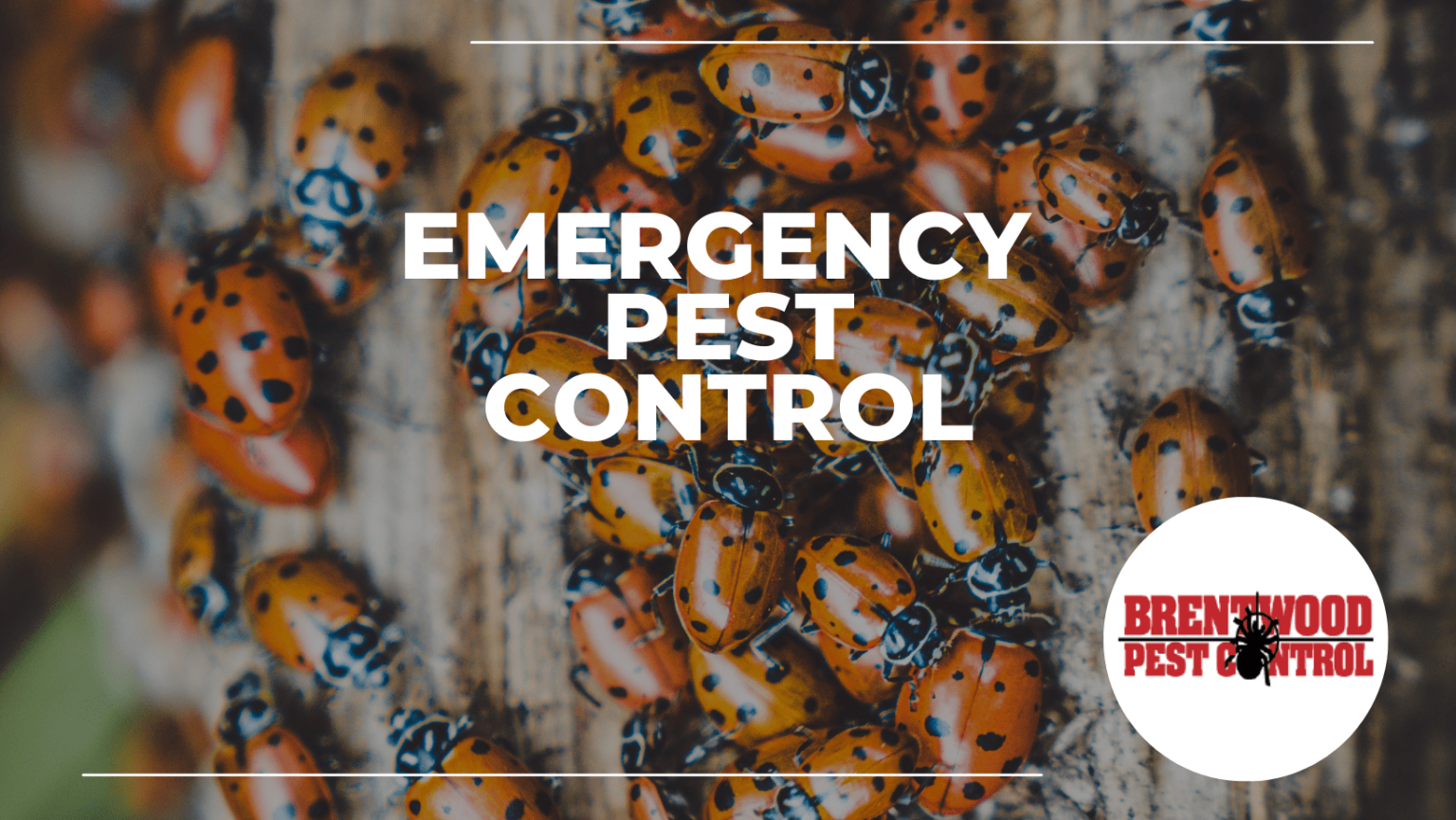“Discover effective strategies for pest removal in our comprehensive guide. Learn how to tackle emergency situations swiftly with DIY methods and when to call professional services. Protect your home and health today!”
Table of Contents
1. Introduction
Dealing with pests in your home or business is never pleasant, but when a pest situation escalates into an emergency, the need for immediate action becomes critical. Whether it’s a sudden infestation of rodents, insects, or wildlife, knowing how to react swiftly and effectively can make a significant difference in minimizing damage and restoring peace of mind. This comprehensive guide explores everything you need to know about emergency pest removal, from identifying types of infestations to implementing DIY solutions and when to enlist professional help.
2. Understanding Emergency Pest Situations
Emergency pest situations are characterized by sudden and severe infestations that pose immediate risks to health, property, or both. These situations often escalate rapidly, requiring urgent intervention to prevent further damage. Common scenarios include:
- Rodent Infestations: Rapid breeding and gnawing on structures, wires, and insulation.
- Insect Swarms: Large numbers of insects such as ants, cockroaches, or bed bugs invading living spaces.
- Wildlife Intrusions: Encounters with raccoons, squirrels, bats, or birds inside homes or buildings.
3. Common Types of Emergency Pest Infestations
Understanding the specific type of pest infestation is crucial for implementing targeted removal strategies:
- Rodents: Rats and mice are notorious for spreading diseases, contaminating food, and causing structural damage by gnawing.
- Insects: Ants, cockroaches, bed bugs, and stinging insects can quickly reproduce and create health hazards.
- Wildlife: Encounters with raccoons, squirrels, bats, or birds can disrupt living spaces and pose safety risks.
4. Signs and Symptoms of Emergency Pest Infestations
Recognizing early signs of an emergency pest situation can help you take action before it escalates:
- Rodents: Droppings, gnaw marks on food packaging or furniture, squeaking or scurrying noises.
- Insects: Visible trails or nests, bites or skin irritation, unusual odors from nests or infested areas.
- Wildlife: Distinctive sounds, visible damage to property, droppings, or tracks.
5. Steps to Take During an Emergency Pest Situation
When faced with an emergency pest situation, follow these essential steps to mitigate risks and take control:
- Assessment: Quickly assess the extent of the infestation and identify the type of pest involved.
- Safety First: Prioritize safety by wearing protective gear and ensuring children and pets are safely away from affected areas.
- Containment: Seal off entry points to prevent pests from spreading further into your home or building.
- Immediate Action: Implement immediate pest control measures, such as using traps, baits, or insecticides for temporary relief.
6. DIY Emergency Pest Control Methods
While professional help is often necessary for severe infestations, these DIY methods can provide temporary relief:
- Natural Remedies: Use essential oils, vinegar, or diatomaceous earth to repel pests.
- Traps and Baits: Set traps for rodents or use bait stations for insects in targeted areas.
- Cleaning and Sanitation: Remove food sources, clutter, and standing water to eliminate pest attractants.
7. When to Call Professional Pest Control Services
Knowing when to seek professional assistance is crucial for effectively resolving emergency pest situations:
- Severe Infestations: Extensive or persistent pest problems that DIY methods cannot adequately address.
- Health Risks: Pests that pose health threats, such as venomous spiders, disease-carrying rodents, or stinging insects.
- Structural Damage: Pests causing damage to property, wiring, insulation, or compromising structural integrity.
8. Prevention Tips to Avoid Emergency Pest Situations
Preventive measures can help reduce the likelihood of facing emergency pest situations in the future:
- Regular Inspections: Routinely inspect your home or building for signs of pests and address issues promptly.
- Sealing Entry Points: Seal cracks, gaps, and openings that pests can use to enter your property.
- Maintaining Cleanliness: Keep kitchens, bathrooms, and storage areas clean, dry, and free of food debris.
9. Conclusion
Emergency pest situations demand quick and decisive action to protect your home, health, and peace of mind. By understanding the types of infestations, recognizing early signs, and knowing when to implement DIY methods or call professional pest control services, you can effectively manage and resolve pest emergencies. Remember, prevention is key to avoiding future infestations, so take proactive steps to safeguard your living and working spaces.
10. FAQs about Emergency Pest Removal
Q1: What qualifies as an emergency pest situation? An emergency pest situation involves sudden and severe infestations that pose immediate risks to health, property, or both.
Q2: Can I use DIY methods for emergency pest removal? DIY methods can provide temporary relief for minor infestations, but severe or persistent problems often require professional intervention.
Q3: How quickly should I respond to an emergency pest situation? It is essential to respond promptly to prevent pests from multiplying and causing further damage. Immediate action can help contain the infestation and minimize risks.

1 Comment
Pingback: Käöntöjä: Understanding the Finnish Concept and Its Significance